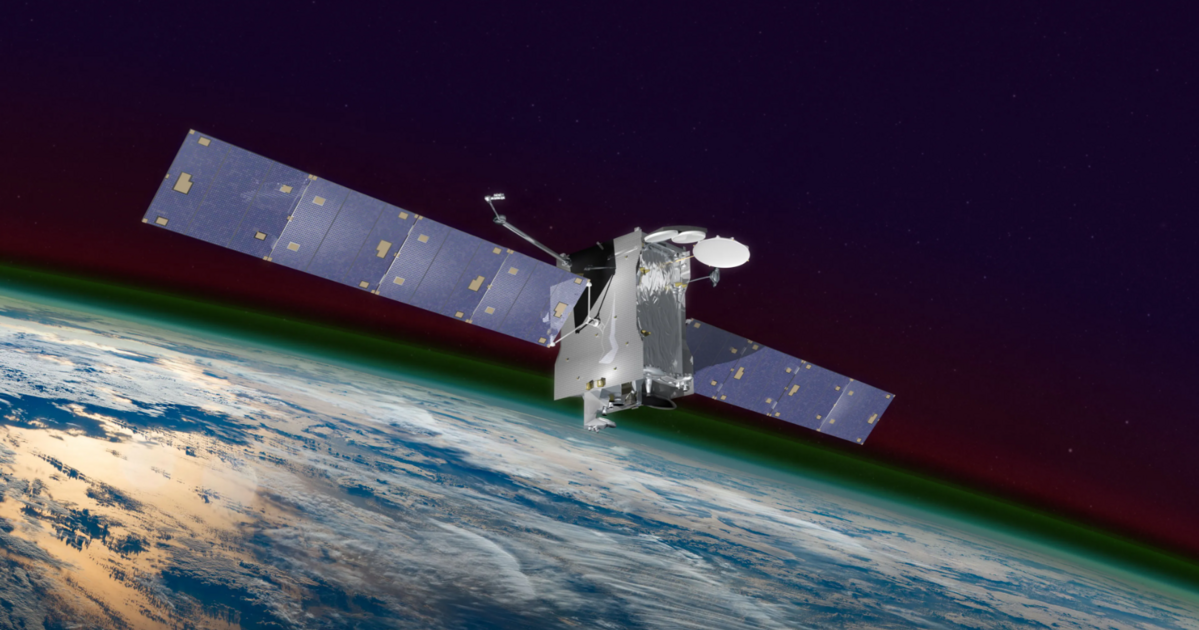NASA's Atmospheric Research Satellite, GOLD, has discovered strange structures in Earth's ionosphere that look like upside-down Xs, Cs, and Cs. The satellite has been in geostationary orbit since 2018 and continuously measures the upper atmosphere as it stays above the Western Hemisphere.
The ionosphere is part of the upper layer of the atmosphere, extending from 50 km to 1,000 km in height. The sun's radiation, mostly ultraviolet radiation, ionizes the gas atoms present here, which then form a plasma consisting of electrically charged electrons, atoms and molecules. An important property of the ionosphere is that it reflects radio signals, thus allowing radio waves to propagate on the surface, and it also affects the transmission of GPS signals.
The ionospheric plasma is excited by sunlight, so its density decreases at night, when NASA's satellite measures its temperature and ion density.
The plasma forms two parallel cloud rings north and south of the equator. These two zones are sensitive to influences from space and from the surface, i.e. solar storms as well as volcanic activity.
Fazlul Laskar, a researcher at LASP, a laboratory for atmospheric physics at the University of Colorado, points out in his latest report that until now only during geomagnetic events — when the solar wind distorts Earth’s magnetic field — have cloud bands been seen crossing each other in an X-shape. However, it has now also happened during calm space weather, which suggests that these entanglements are larger.
Consequences of superficial effects.
In addition, they saw the formation of low-density bubbles close together in the cloud ridges, which formed C-shaped ribbons of plasma. The bubbles form along magnetic field lines, and are thought to bend forward or backward in a C-shape depending on the direction of the wind.
According to the models, the direction of the C bend depends on whether the air movement is stronger from top to bottom or from bottom to top, but some anomalies were observed in this as well, because bubbles extending a few hundred kilometers apart took opposite directions, where such headwinds are not expected.
It is very important to know what is going on. If there is a very strong vortex or tear, it completely distorts the plasma above the area. The signals are completely lost due to this strong atmospheric disturbance.
Deepak Karan, who participated in the research, wrote in his statement.
Photo: F. Lascar et al.
NASA has been studying the ionosphere for a long time, during the last APEP program, for example, they investigated changes in the temperature of the upper atmosphere following the path of the last solar eclipse that passed over North America in mid-April – the results of this have not yet been published.
HAARP, a joint program between the U.S. Air Force, Navy, and DARPA, has been used to research the ionosphere, and with its mysterious, wide-area antenna system, it was the starting point for a bizarre conspiracy theory: At one point, it was thought to be a U.S. military experiment to control the weather. The program has been run by Farbanks University since 2014, but it has never been used to alter the weather or generate aurorae.


5 books
Over 600 amazing, exciting and educational stories!













































